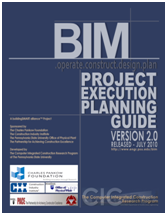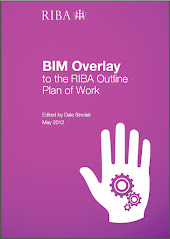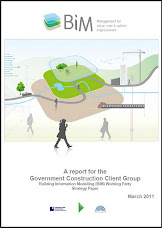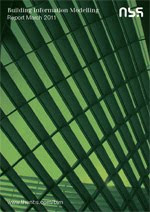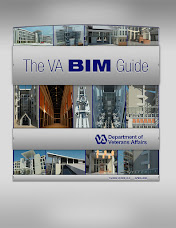 Creating Custom Revit® Architecture 2012 Families – A Practical Guide for Beginners & Intermediate Users by Michael Anonuevo
Creating Custom Revit® Architecture 2012 Families – A Practical Guide for Beginners & Intermediate Users by Michael Anonuevo
The 2012 edition of the e-Book is 751 pages long, broken up into 16 chapters that contain 2000 images of explanatory graphics and examples. This e-Book makes understanding about Revit Families for Beginners and Intermediate users of Revit (all flavors) a lot easier. The only thing I would change about it is the title, removing the word Architecture as it covers basics that apply to Structure and MEP
Michael took a year to get to the stage where he is comfortable to release it, and this obviously is a living document, with Michael currently working on a 2013 edition
If you are a regular visitor you will know that I have just bought and Android tablet and I have loaded the review copy onto it. I have been scan reading the document and I’m now in the process of working my way slowly through it.
There are many “golden nuggets” of information and things I did know and have forgotten and some I did not know, because I have not been personally building families like I did when I first got my hands on Revit
 There will be those that say that the families that Michael produces are over done, and for the general construction industry deliverables you would not go into such detail. But flip that on its head, this guy can produce what are Works of Art within Revit and he really knows how to build families.
There will be those that say that the families that Michael produces are over done, and for the general construction industry deliverables you would not go into such detail. But flip that on its head, this guy can produce what are Works of Art within Revit and he really knows how to build families.
The level of families that you create after you have read his book and have the skills is down to you.
Having produced The Hitch Hikers Guide to BIM, and knowing the time it has taken just to type up, lay out and edit a text document, I have nothing but admiration for the publication that Michael has produced especially with the amount of graphics included.
Click here to download the table of contents & sample images at: http://www.littledetailscount.com/documents/ebookpromo.pdf
Steve Stafford
“This Book ought to be part of your library, your arsenal, because you can’t have too much knowledge or ammunition. This book can travel with you more easily than a traditional book too! Take a Chance on it, devote your attention to lt. I’m sure it will serve you well!
I have to agree with Steve; at $19.95 a copy (about £12.75 using current exchange rates) it is not going to break the bank, in addition there is a quantity discount for the larger companies and organizations, that are likely to want to buy more than five copies. Michael has also stated that a free update to the 2013 version of his e-Book will be emailed to all legal owners and purchasers of the 2012 edition as soon as it is available. Now there is value for money and an offer you can’t refuse, especially if you want sound guidance on creating families.
So hop over to http://www.littledetailscount.com/ and add this e-Book to your collection, and don’t forget to tell them where you found out about the publication, as I will receive a few pennies for the referral on each sale, which will go to my local hospice.
.
.
































